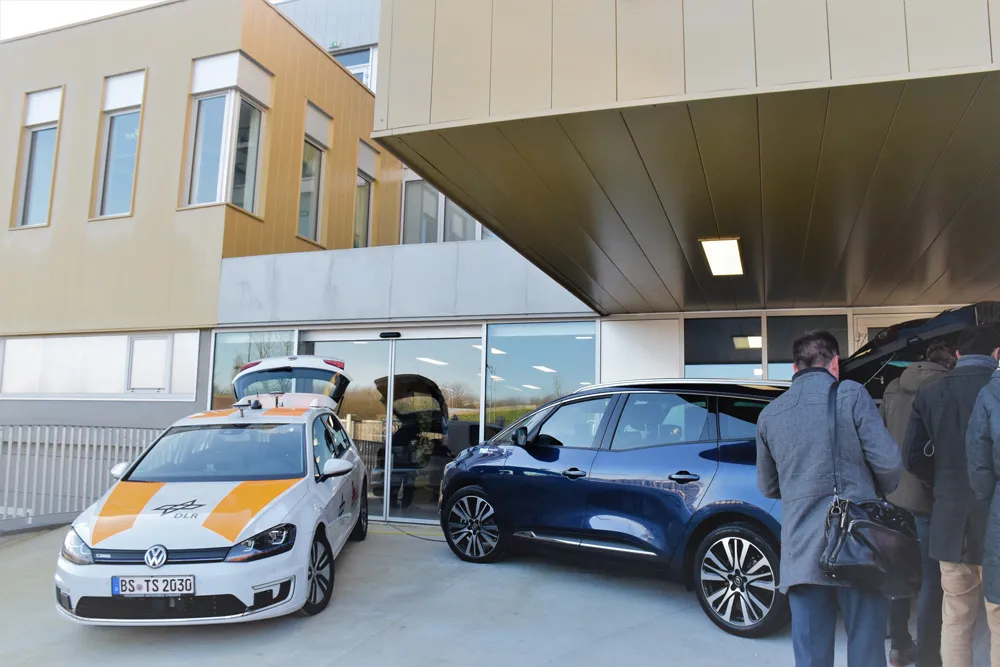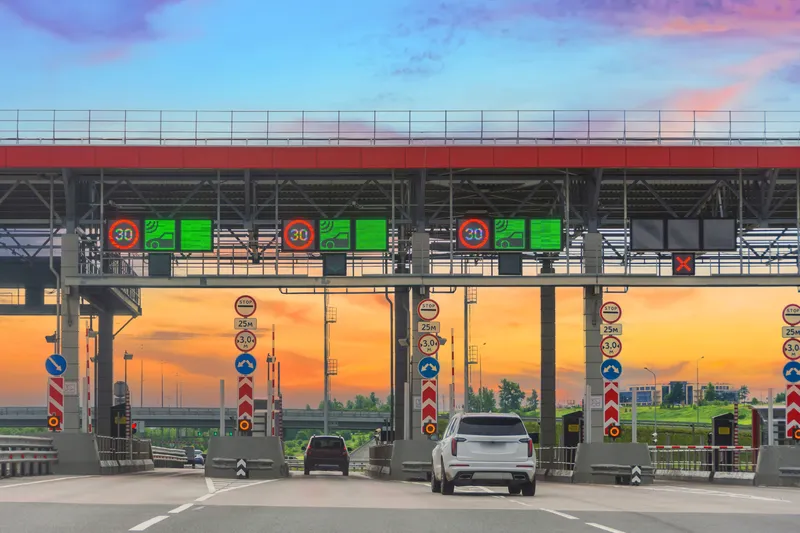
Centracs is the industry-leading Advanced transportation Management System (ATMS) software solution. In addition to the wide array of ITS capabilities it delivers, Centracs also provides users the ability to deploy customised signal timing and management configurations in real time that meet the dynamic needs of traffic operations of all sizes.
PTV Vistro has long been the best in-industry traffic engineering software made for transportation planners and engineers. It delivers the best combination of traffic signal timing analysis and traffic impact studies, meeting transportation industry standards, including the Highway Capacity Manual: A Guide for Multimodal Mobility Analysis.
Vistro enables users to easily optimise and balance networks of signalised and unsignalised intersections and roundabouts. PTV Vistro’s smooth workflows, scenario management, and automated reporting features save time and eliminate planning errors, making it a great match for integration with Centracs. These complementary software capabilities will help the industry make profound advancements in more sustainable and accessible mobility.

Enabling new ITS strategies
The Centracs-Vistro integration enables the signal timing programmes within Centracs to be directly imported into Vistro for quick set-up and analyses. In Vistro, traffic engineers can study and send new optimised timing patterns back to Centracs for field deployment, opening the doors to new ITS strategies. As a result, this integration will keep traffic signal data synchronised between traffic signal timing management and modelling software. It will enable traffic engineers and planners to make quicker and more informed decisions on optimising signal timing planning and key roadway operations with the latest traffic data and information available. Strategic Centracs-Vistro capabilities include the capability to optimise signal timings and patterns in traffic models and in the field; more effectively maintain signal timings for best operational performance; easily study traffic responsive scenarios at interchanges and key corridors; save time implementing and modelling new timing strategies; and utilise the planning model for more engineering-based meso-simulations.
Benefiting large and small cities
The Centracs-Vistro integration targets both large and small transportation agencies and municipalities previously set up with either Centracs or Vistro. It provides a turnkey solution for departments of transportation looking to quickly import signal timing programmes that were modelled and analysed using high-resolution traffic data to save valuable time, especially when exploring and implementing new signal timing programmes. Additionally, the integration of Vistro with Centracs provides a technological pathway to PTV Vissim, offering microsimulation capabilities.
For more about the Econolite Centracs and PTV Vistro integration, visit: www.econolite.com/solutions/systems/software
Content produced in association with Econolite











